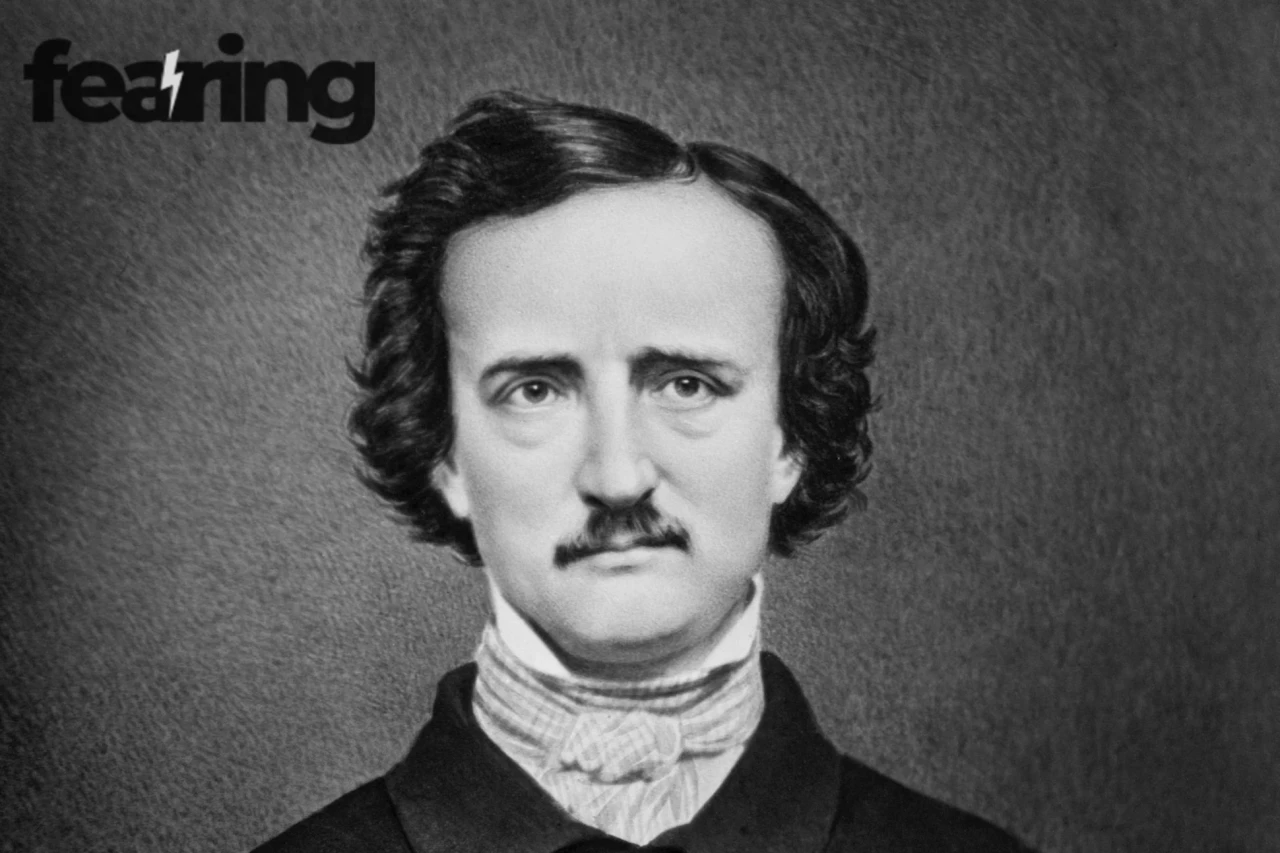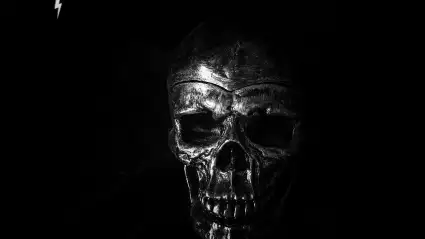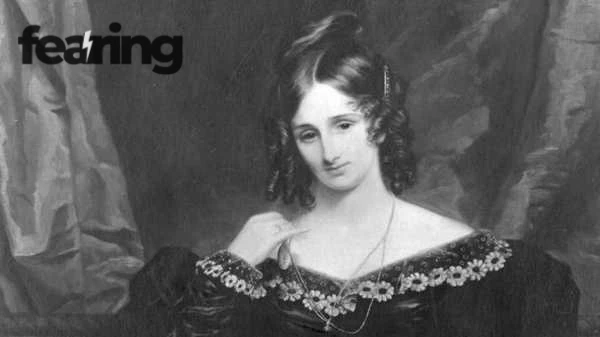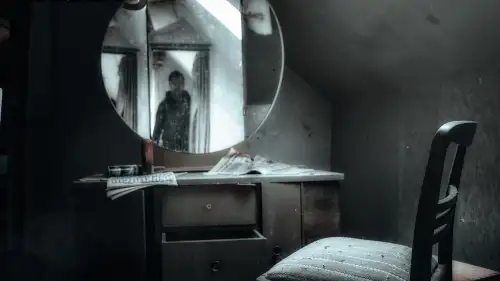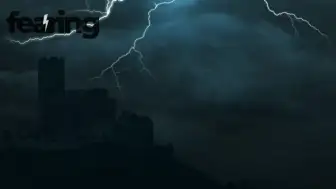Edgar Allan Poe is the writer who taught fear to think. Long before slashers and jump scares, he crafted precise, musical sentences that crawled under the skin and stayed there. Orphaned young, raised by foster parents, and tested by poverty and grief, Poe transformed personal darkness into literature that still defines horror, mystery, and psychological suspense.
“The death then of a beautiful woman is, unquestionably, the most poetical topic in the world.” — Edgar Allan Poe, The Philosophy of Composition poetryfoundation.org
Early Life And Formative Losses
Poe was born January 19, 1809 in Boston to actors Eliza and David Poe. His father left; his mother died of tuberculosis when Poe was two. The child was taken in by John and Frances Allan of Richmond, the family that gave him the middle name “Allan.” He would always live between two identities: Edgar Poe, the orphan, and Edgar Allan Poe, the gentleman-in-training. Poe Museum
He studied briefly at the University of Virginia and later entered West Point, but money troubles and conflict with his foster father ended both paths. By his early twenties he had turned decisively to writing and editing—professions that paid little but sharpened his technical control over language. Encyclopedia Britannica
Table Of Key Facts
| Detail | Information |
|---|---|
| Full name | Edgar Allan Poe |
| Born – Died | Jan 19, 1809 – Oct 7, 1849 |
| Birthplace – Deathplace | Boston, Massachusetts – Baltimore, Maryland |
| Guardians | John and Frances Allan, Richmond, Virginia |
| Professions | Poet, short-story writer, critic, editor |
| Signature works | “The Raven,” “The Tell-Tale Heart,” “The Fall of the House of Usher,” “The Murders in the Rue Morgue” |
| Major innovations | Psychological horror, musical prosody in prose, the modern detective story |
| Lasting influence | Symbolists, detective fiction (Dupin → Holmes), Gothic and psychological horror |
Sources for table details include Poetry Foundation, Britannica, and Poe Museum biographies.
The Editor Who Engineered Fear
Poe’s day job mattered. As an editor and critic at journals such as the Southern Literary Messenger, he dissected what made stories work—pacing, unity of effect, sound. That laboratory approach fed his fiction: each sentence builds a single emotion, the way a composer layers notes. His 1846 essay “The Philosophy of Composition” explains this method through The Raven, revealing fear as an engineered experience rather than an accident.
Checklist Poe Used To Design Terror
Unity of effect across the whole piece
Calculated rhythm and repetition that echoes a heartbeat
Inevitable logic pushing the reader toward dread
Images that return like obsessions (eyes, beating hearts, sealed rooms)
Love, Illness, And The Music Of Grief
Poe married Virginia Clemm, his cousin, when she was a teenager. Their domestic life was tender but marked by poverty and her long illness; she died of tuberculosis in 1847. Loss is not an ornament in Poe—it is the meter. “Annabel Lee” sings grief; “The Raven” makes mourning a ritual; “Ligeia” and “Morella” turn love into a revenant. The recurring figure of the dying beloved reflects Poe’s private catastrophes and his theory that beauty and melancholy are intertwined.
Inventing The Detective Story
In 1841, Poe published “The Murders in the Rue Morgue,” introducing C. Auguste Dupin—a cool mind who solves crime by analysis. With Dupin, Poe essentially launched the modern detective genre, laying groundwork for Sherlock Holmes and the procedural logic that now dominates crime fiction and television.
What Poe Contributed
The brilliant, eccentric analyst
The baffled narrator-companion
The locked-room puzzle
Reasoning as drama, not exposition
Style That Feels Like A Pulse
Poe’s prose is musical: alliteration, internal rhyme, and controlled sentence length create physiological effects. Read “The Tell-Tale Heart” aloud—the syntax accelerates with the narrator’s heartbeat. Read “Usher”—the vowels grow heavy, the rooms feel airless. This sound-driven psychology is why the stories still unsettle, even when their plots are familiar.
Cities, Museums, And A Long Afterlife
Poe’s biography is mapped across Boston, Richmond, Philadelphia, New York, and Baltimore—cities that preserve his apartments, letters, and journals. The Poe Museum in Richmond curates his early life; Poe Baltimore maintains his house and grave, now central to festivals each October. Even in 2025, Richmond launched an AR walking tour guided by a digital Poe, proof that his voice keeps adapting to new media. Poe Baltimore
Common Myths And What We Actually Know
Myth Poe was always a drunken madman
What records suggest He battled alcohol and illness, but he also worked steadily as an editor, critic, and craftsman of form.
Myth He stumbled into horror by accident
What he wrote Terror was architected—he chose structure, sound, and image with mathematical care.
Essential Reading Order For Newcomers
The Raven — the blueprint for musical dread
The Tell-Tale Heart — paranoia as percussion
The Fall of the House of Usher — atmosphere as character
The Murders in the Rue Morgue — the first modern detective tale
Annabel Lee — grief rendered as lullaby
Mini Timeline
1809 Born in Boston to actors Eliza and David Poe
1811 Orphaned; fostered by John and Frances Allan in Richmond
1835 Edits Southern Literary Messenger; reputation as critic grows
1841 Publishes “Rue Morgue,” pioneering detective fiction
1845 Publishes “The Raven,” an instant sensation
1847 Death of Virginia Clemm
1849 Dies in Baltimore under disputed circumstances; buried there
Why Poe Still Matters
Because he turned emotion into engineering. Horror, for Poe, isn’t chaos; it is design aimed at the nerves. Detective fiction, for Poe, isn’t trivia; it is the poetry of reason. Every true-crime podcast, every locked-room novel, every prestige horror film that worships atmosphere is, in some way, a footnote to his method.
“A long poem does not exist.” — Poe’s provocation about unity of effect still informs how we pace scenes, chapters, and even streaming episodes.
FAQ
Who influenced Poe’s style
British romantics and Gothic tradition, but his originality lies in fusing musical language with psychological focus.
Did Poe really invent detective fiction
Earlier proto-detectives exist, but “Rue Morgue” established the form that Doyle and Christie would popularize.
Where can I see authentic Poe materials
The Poe Museum (Richmond) and Poe House and Museum (Baltimore), plus Library of Congress manuscripts.
What should I read to understand his method
His essay “The Philosophy of Composition.”

